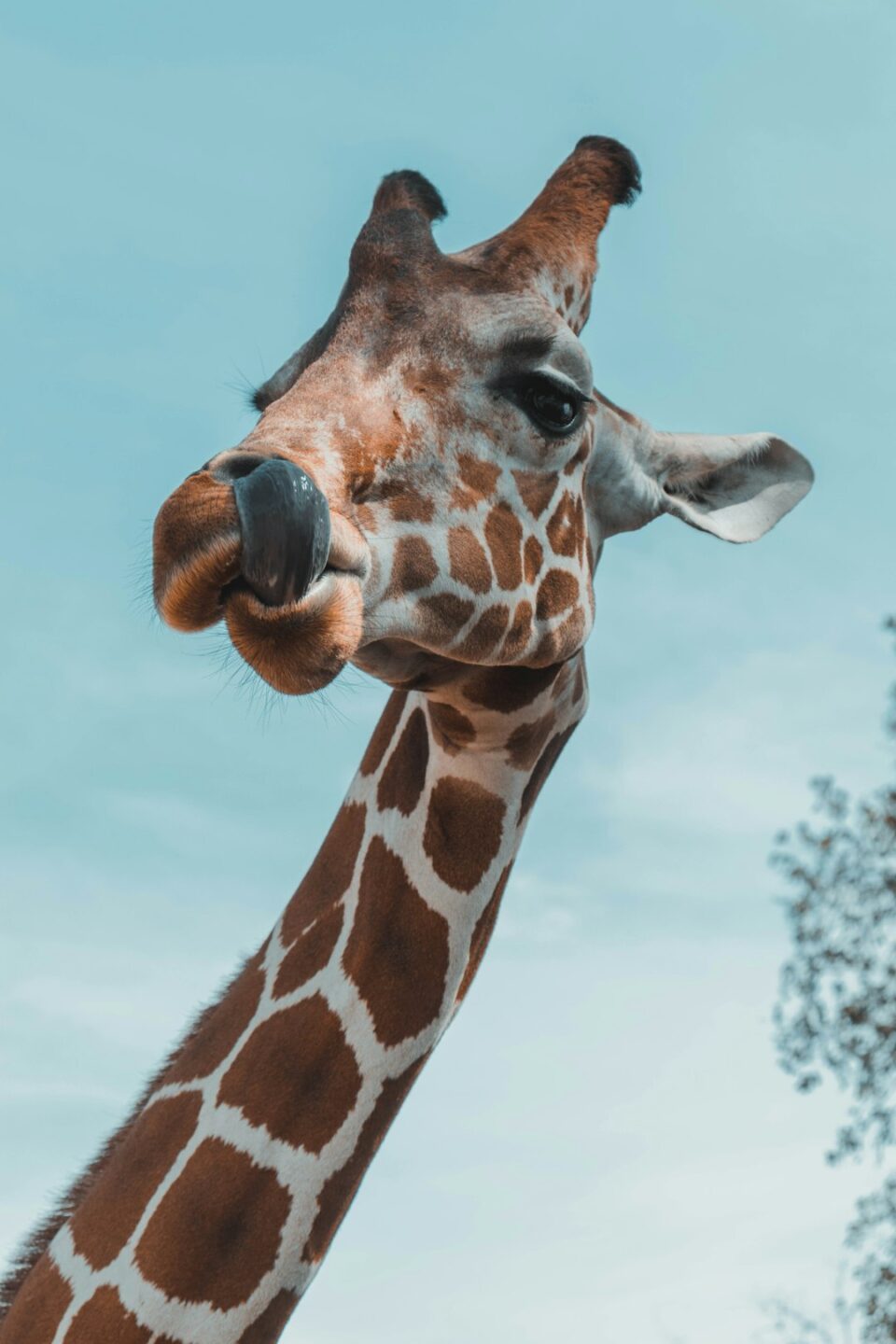Animal Domestication: How Wild Creatures Become Beloved Pets
Throughout history, humans have developed deep bonds with animals. From ancient times to the present day, numerous species have gone through the process of domestication, transforming from wild creatures into beloved pets. Domestication is a remarkable testament to human ingenuity and the enduring love many of us feel for our furry companions.
But what exactly is domestication? Essentially, it is the process by which animals are tamed and selectively bred for specific traits, resulting in a population that is more tractable and better suited for human environments. This process can take generations, but its end goal is to create a harmonious relationship between humans and animals.
The earliest documented evidence of animal domestication dates back around 15,000 years, with the domestication of dogs. Wild wolves were gradually tamed and bred for their desirable characteristics, such as loyalty and companionship. Over time, these wolves evolved into the wide array of dog breeds we know today. Dogs played a vital role in human survival, hunting, and guarding early settlements, solidifying their position as loyal and cherished companions.
Cats, another commonly domesticated animal, have a more mysterious origin. While their domestication dates back around 9,000 years, the exact circumstances of their transition from fierce predators to beloved pets remain unclear. Cats were revered in ancient Egyptian society and were even worshipped as gods. Their innate ability to control rodent populations, coupled with their affectionate and independent nature, likely contributed to their domestication.
Pigs, cows, sheep, and other livestock animals were also domesticated for practical reasons, such as food production and agricultural work. The domestication of these animals facilitated the transition from hunter-gatherer societies to settled agricultural communities. By selectively breeding animals that could provide sustenance and assist in labor, humans were able to establish more stable and prosperous civilizations.
In recent centuries, the domestication of animals has expanded beyond practical purposes. People have developed deep emotional connections with animals, leading to the establishment of a multitude of pet species, including birds, rabbits, hamsters, and reptiles. These animals provide companionship, comfort, and joy to their human counterparts.
But what makes an animal suitable for domestication? There are several crucial characteristics that contribute to an animal’s domestication potential. Firstly, an animal must have a flexible diet, allowing it to adapt to human-provided food sources. Herbivores, for example, have a higher domestication potential compared to strict carnivores. Additionally, an animal should possess a pleasant temperament, allowing it to live alongside humans without aggression. Finally, an animal should possess a fast growth rate and the ability to breed readily in captivity.
The domestication process itself is not without ethical considerations. Critics argue that breeding animals for domestication can sometimes lead to detrimental genetic changes or health issues, as seen in certain purebred dog breeds. Furthermore, the captivity and selective breeding of animals raise concerns about their well-being and whether they have the freedom to live as they would in the wild. Striking a balance between the welfare of domesticated animals and our desire for companionship and practicality is an ongoing challenge.
In conclusion, the domestication of animals is an extraordinary testament to our desire for companionship and our ability to shape the natural world to meet our needs. From the humble dog to the regal cat, the process of domestication has allowed us to forge deep bonds with animals that were once untamed. As we continue to explore the wonders of the animal kingdom, it is essential that we approach domestication with reverence and a commitment to the well-being of our beloved pets.


